- Written By Team DWS
- Festivals
- March 17, 2025
The History of St. Patrick’s Day: From a Saint to a Global Celebration
Every March 17th, millions around the world don their green attire, share in merriment, and toast to the life of a man who has become synonymous with Ireland: St. Patrick. This celebration has evolved beyond its original religious roots, transforming into a lively global festival that reflects the essence of Irish culture. Let’s journey through the rich history of St. Patrick’s Day to understand how a single saint evolved into an international celebration.
-dws638777829672773557.jpg)
The Origins of St. Patrick
St. Patrick, the patron saint of Ireland, was born in Roman Britain in the late 4th century. At the age of sixteen, he was captured by Irish raiders and brought to Ireland as a slave. During his six years of captivity, he discovered his faith and turned to Christianity for solace. After finally returning to Britain, he soon felt drawn to go back to Ireland as a missionary.
Patrick's mission was to convert the Irish to Christianity, a task he embraced with fervor. He traveled across the country, using familiar symbols to explain the Christian faith. The most well-known story is how he employed the three-leafed shamrock to explain the idea of the Holy Trinity: the Father, the Son, and the Holy Spirit. By the time he died in 461 AD, Patrick had established churches and inspired many to embrace Christianity. He was canonized as a saint shortly after his death.
From Religious Observance to Public Celebration
For centuries, St. Patrick’s Day was celebrated as a religious feast day rather than a public holiday. In 1631, the Catholic Church officially declared March 17th as a feast day, marking it as a day of religious observance and reflection. Irish communities would attend church services and hold modest feasts to mark the occasion.
In the 18th century, Irish immigrants began arriving in America in large numbers, particularly during the Great Famine of the 1840s. For these immigrants, St. Patrick’s Day became an expression of national identity and cultural pride in a country where they faced discrimination. The first recorded St. Patrick’s Day celebration in the United States occurred in Boston in 1737, featuring a parade and festivities that paid homage to both their heritage and the patron saint.
The Evolution of St. Patrick’s Day Celebrations
As the Irish-American community continued to grow, so did the scale and scope of St. Patrick’s Day celebrations. By the early 1900s, cities were hosting large parades filled with music, dance, and displays of Irish culture. The New York City parade, one of the largest today, began in 1762 and has grown to attract millions of spectators.
In addition to parades, various symbols associated with St. Patrick’s Day began to gain prominence. The shamrock became a universal symbol of Ireland, and green clothing became the norm as a way to showcase pride in Irish identity. The color green was also associated with the lush landscapes of Ireland and was seen as a connection to nature.
A Global Phenomenon
As globalization took hold in the 20th and 21st centuries, St. Patrick’s Day transcended its Irish roots to become a worldwide celebration of Irish culture. Today, countries around the globe celebrate the occasion with parades, festivals, and the spirit of joy and camaraderie that characterizes this day.
Cities like Chicago dye their rivers green, while landmarks around the world—including the Sydney Opera House, the Colosseum in Rome, and the London Eye—are illuminated in green lights to mark the celebration. Irish music and dance feature prominently in festivities, showcasing the cultural richness of Ireland.
Moreover, the holiday's popularity has transformed it into a celebration enjoyed by people of all backgrounds. Pubs and restaurants offer Irish-themed menus, with traditional dishes like corned beef and cabbage leading the charge, while a robust selection of Irish beers and whiskies flow freely.
St. Patrick’s Day Today: A Reflection of Unity
In contemporary society, St. Patrick’s Day serves not only as a celebration of Irish heritage but also as a day of unity, friendship, and community. Regardless of one’s background, the day invites people to revel in the joy of togetherness. Whether you’re marching in a parade, enjoying traditional Irish music, or sipping a pint of Guinness, the essence of St. Patrick’s Day is rooted in the celebration of life, culture, and the rich tapestry of humanity.
As we reflect on the journey of St. Patrick’s Day, we see it as a testament to the power of culture and identity—how a local tradition can shift and expand into something that resonates with people worldwide. The spirit of St. Patrick lives on in each celebration, reminding us of the shared heritage that binds us all, no matter where we are in the world. So, this March 17th, whether you’re attending a parade in Dublin, enjoying a festive gathering with friends, or simply donning a splash of green in your daily life, take a moment to appreciate the rich tapestry of traditions that St. Patrick’s Day represents. It’s not just a day to celebrate Irish culture but also an opportunity for all of us to honor our own roots and the diverse customs that enrich our global community. Let us come together in joy and unity, embracing the legacy of St. Patrick and the stories that connect us across the continents.
-dws638777830257948245.jpg)
St. Patrick’s Day FAQs: Everything You Need to Know About the Festivities!
Certainly! Here are some frequently asked questions (FAQs) about St. Patrick’s Day:
1. What is St. Patrick’s Day?
St. Patrick's Day, celebrated on March 17th, recognizes both a cultural tradition and a religious observance in honor of Ireland's patron saint, St. Patrick. It celebrates Irish heritage and culture with festivities that often include parades, wearing green, and enjoying traditional Irish music and food.
2. Why is St. Patrick’s Day celebrated on March 17th?
March 17th marks the traditional date of St. Patrick’s death in the 5th century. Throughout the years, this day has transformed from a religious event into a wider celebration of Irish heritage.
3. What are some common traditions associated with St. Patrick’s Day?
Common traditions include:
- Wearing green clothing or accessories
- Attending parades and festivals
- Celebrating with Irish food and beverages, particularly Guinness beer and Irish whiskey
- The wearing of shamrocks or other symbols of Ireland
- Engaging in Irish music and dance
4. What does wearing green on St. Patrick’s Day signify?
Wearing green is associated with Irish nationalism and folklore, including the belief that fairies would pinch anyone not wearing green. It has become a symbol of Irish pride and identity.
5. What are shamrocks, and why are they associated with St. Patrick’s Day?
A shamrock is a type of clover, traditionally said to have been used by St. Patrick to explain the concept of the Holy Trinity (Father, Son, and Holy Spirit) to the Irish. It has since become a symbol of both St. Patrick and Ireland itself.
6. Are there any specific foods associated with St. Patrick’s Day?
Yes, traditional Irish foods such as corned beef and cabbage, Irish stew, soda bread, and colcannon (mashed potatoes mixed with kale or cabbage) are commonly served. Many people also enjoy Irish desserts like Guinness chocolate cake or boxty (Irish potato pancakes).
7. How is St. Patrick’s Day celebrated around the world?
St. Patrick’s Day is celebrated globally, particularly in countries with a significant Irish diaspora, such as the United States, Canada, Australia, and the UK. Celebrations often include parades, festivals, music, and community gatherings, with some cities even dyeing rivers or fountains green.
8. Is St. Patrick’s Day a public holiday?
In Ireland, St. Patrick’s Day is a public holiday, and many businesses close for the day. In other countries, it may be celebrated as a cultural event rather than an official public holiday.
9. What is the significance of the color green?
Green is associated with Ireland's lush landscape, symbolizing the country’s natural beauty. The color is also linked to Irish nationalism and folklore, making it a primary color of celebration on St. Patrick’s Day.
10. Are there any religious observances on St. Patrick’s Day?
Yes, St. Patrick’s Day is also a feast day in the Catholic Church, and many people attend church services to honor St. Patrick. Some choose to engage in a spiritual reflection on the day, particularly in Ireland.
11. Is it appropriate to celebrate St. Patrick’s Day if you are not Irish?
Absolutely! St. Patrick’s Day has become a global celebration of Irish culture and heritage, and many people, regardless of their background, enjoy joining in the festivities.
12. What should I do to prepare for a St. Patrick's Day celebration?
- Wear green or incorporate Irish-themed items into your outfit.
- Plan to attend local parades or gather with friends for an Irish meal.
- Learn about Irish culture and traditions to enrich your celebration.
- Consider hosting or participating in events that highlight Irish music, dance, and storytelling.
These FAQs should provide a comprehensive overview of St. Patrick's Day and help anyone interested in learning more about the holiday.
Popular on Blogs
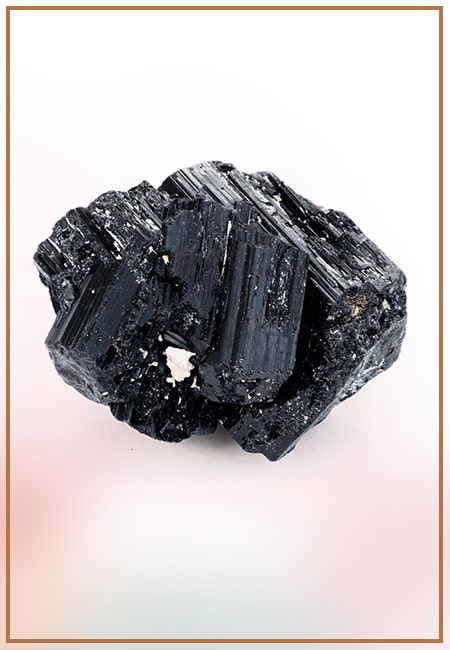
Black Tourmaline: Meaning, Healing Properties, Fascinating Facts, Powerful Attributes, Versatile Uses, and Beyond
September 05, 2023 / BY Team DWS
Black Tourmaline, also known as Schorl, is a highly revered crystal with incredible metaphysical properties. It derives its name from the Dutch word "turamali," meaning "stone with ..
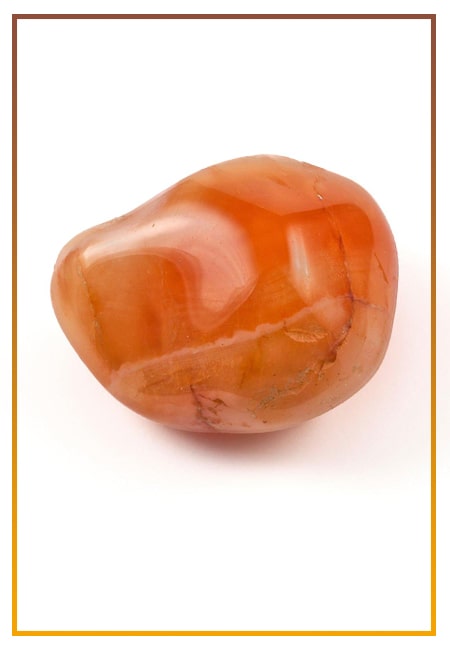
Carnelian Stone: Meaning, Healing Properties, Power, Facts, Color, Uses and More
December 26, 2023 / BY Team DWS
Carnelian is a vibrant and captivating gemstone that holds a plethora of meanings, healing properties, and powers. Its warm and fiery energy makes it a popular choice among crystal ..
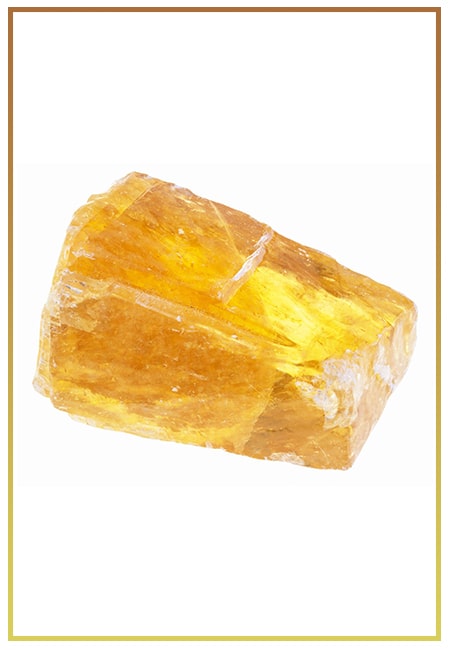
Citrine: Exploring its Meaning, Healing Properties, Fascinating Facts, Powers, Versatile Uses, and Much More
November 18, 2023 / BY Team DWS
Citrine, with its warm golden hues, has captured the attention and imagination of people for centuries. This beautiful gemstone, commonly associated with wealth and prosperity, hol ..

Black Onyx: Unveiling the Meaning, Healing Properties, Fascinating Facts, Powerful Attributes, Versatile Uses, and Beyond
July 25, 2023 / BY Team DWS
Black Onyx, a striking gemstone admired for its deep black hue and elegant appearance, has captivated people for centuries. In this comprehensive guide, we will delve into the mean ..
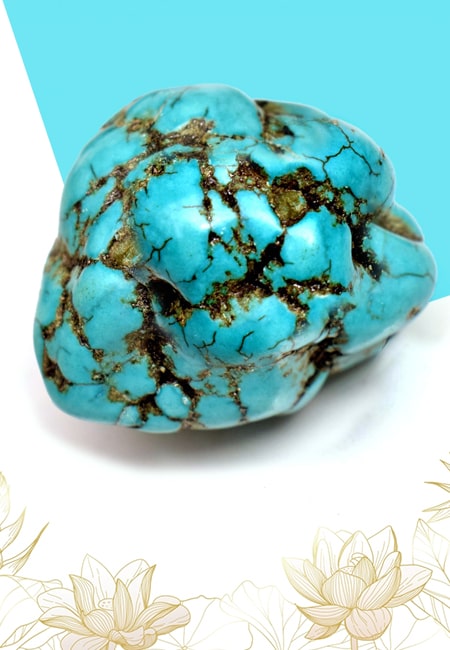
Unveiling the Mysteries of Turquoise Stone: Exploring its Meaning, Healing Properties, Power, Facts, Color, Uses, and More
December 05, 2023 / BY Team DWS
Turquoise, with its captivating blue-green hue, has been adorning jewelry and artifacts for centuries. This striking stone has a rich history, rich symbolism, and a plethora of int ..
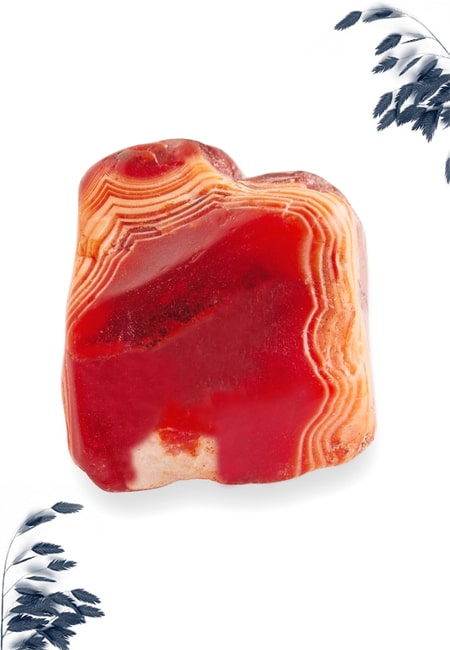
The History Behind The Popularity of Red Agate
December 23, 2022 / BY Team DWS
An Agate is a type of magma rock that takes many years till it is washed out naturally into the water. And that is the reason this stone has elements of water. This beautiful stone ..

Plan a Perfect Valentine's Week with Our Valentine Week List 2025
January 22, 2024 / BY Team DWS
Valentine's Day is undoubtedly the most romantic day of the year, but we believe that one day is just not enough to express your love and make your partner feel special. That's why ..
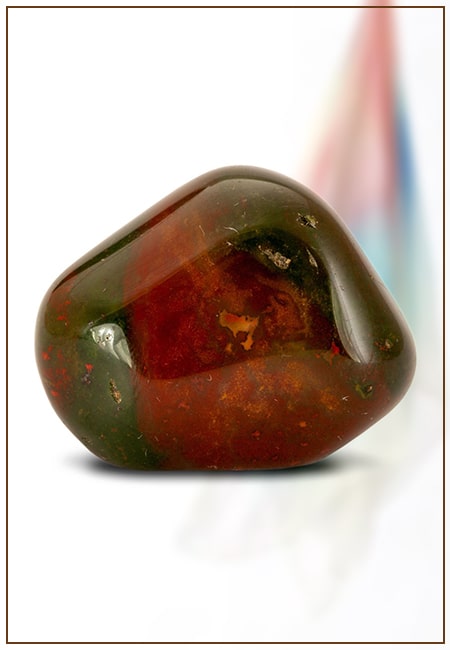
Bloodstone: Unveiling the Meaning, Healing Properties, Facts, Powers, Uses, and More
August 21, 2023 / BY Team DWS
Bloodstone, with its captivating deep green color with specks of red, is a mesmerizing gemstone that has fascinated civilizations for centuries. It possesses unique healing propert ..


